What are the duct clamps and how to choose them?

The ventilation clamp is a special element for the installation of air ducts. Differs in a long service life and high-quality performance, provides the ability to mount both conventional and isolated channels of the ventilation system.
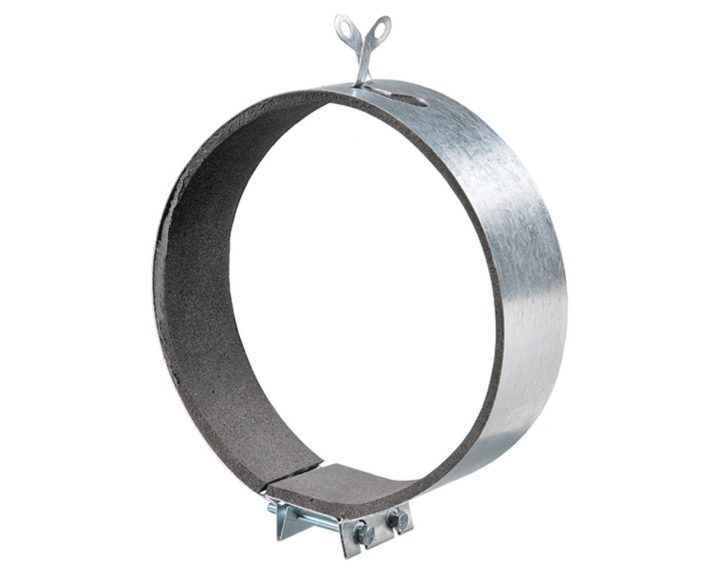
Completion and purpose
The main element of the clamp is a clamp, by means of which the parts of the duct are securely fixed. Additional details and materials:
-
rubber gasket;
-
fixing bolts;
-
clamping strips made of strong STD-205 steel.
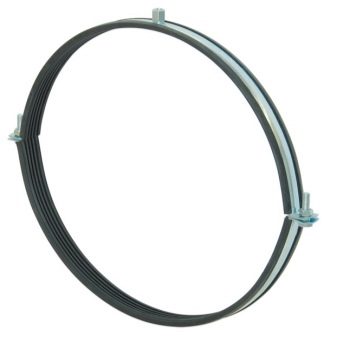
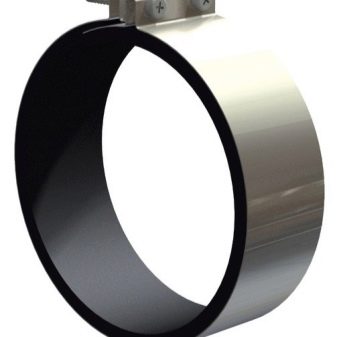
Some kits have additional clamping bolts. Most often, however, they need to be purchased separately. Clamps are mandatory elements of the ventilation system. The advantages of using such parts:
-
ease of installation, high strength of the fixing mechanism;
-
secure fastening without the risk of accidental disconnection of the clamps;
-
compact dimensions of the part.
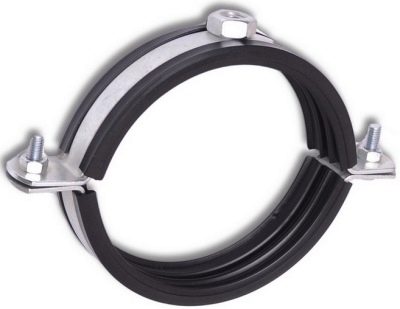
It is possible to mount fasteners even in those conditions where it is impossible to use other parts. When using elements with rubber bands, the seal will improve the sound absorption of the structure. On average, one clamp reduces the noise level by 15 dB and also prevents unnecessary vibrations.
Clamps are used to fasten pipes of ventilation systems horizontally and vertically, as well as to fix individual parts of the air duct to each other.
The universal fastening element is quite in demand, since without it it will not be possible to organize the efficient operation of the ventilation system.
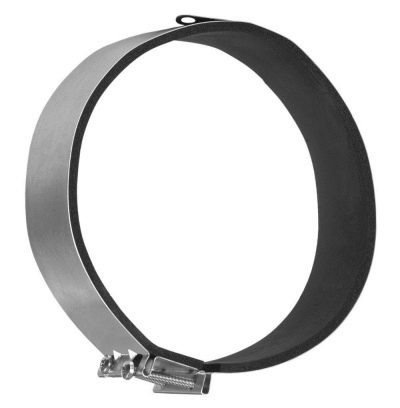
Specifications
Among the main characteristics of clamps are:
-
ultimate compression force;
-
material;
-
permissible diameter of crimping pipes.
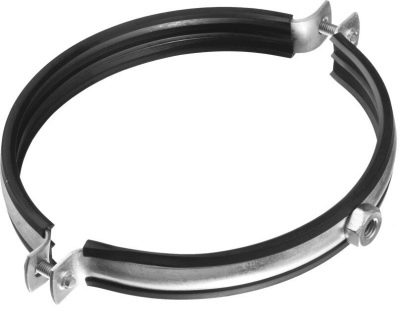
And also the characteristics include the presence and type of mechanism that is used to attach the elements to each other.
When choosing a clamp, special attention is paid to the material, since the strength and performance characteristics depend on it.
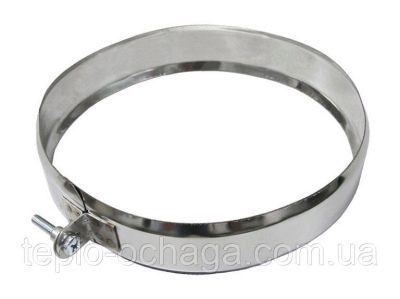
Views
Manufacturers produce several types of clamps for fastening air ducts of different profiles, which differ in configuration, characteristics and dimensions. All elements can be divided into two main groups.
-
Crimp... They are quick-detachable round-shaped fasteners, for the production of which steel belts are used. The clamp is fixed using a bolted connection. The advantage of the products is that they can be of different widths, and the kit provides for an insert to seal the connection.
-
Mounting... The design of such fasteners includes two semicircular steel strips. Fixation takes place by tightening the elements together using bolted connections. As well as crimping, mounting can be equipped with an elastic band for damping vibrations.
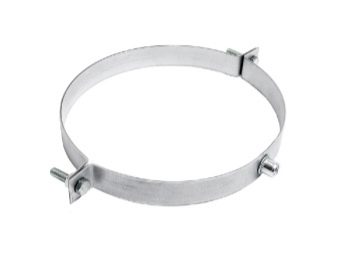
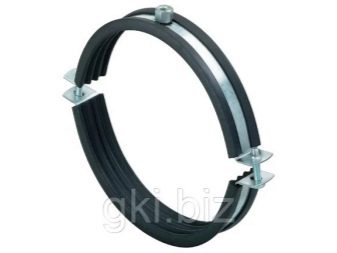
Additionally, a subtype of mounting clamps is distinguished - wall metal clamps. The design of such elements can be adjustable and non-adjustable. The first provide for the possibility of organizing a gap between the wall and the air duct, which prevents deformation of the pipes during thermal expansion.
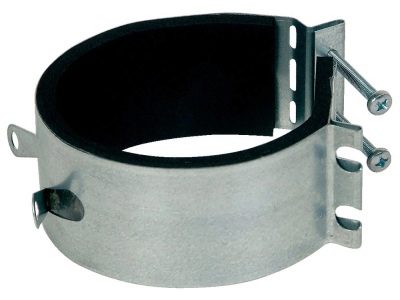
The market is represented by a wide range of both standard fasteners made of galvanized and equipped with a rubber seal, and special parts.
-
Band clamps. Designed to support flexible pipeline parts using stainless steel clamps.
-
Nylon... They are used for fastening flexible pipes made of corrugated metal or spiral parts.
-
Fasteners with weld-on nut and rubber seal. The clamp design includes two steel bars, which allows the duct to be mounted to a wall or ceiling.
-
With self-tapping screws. Designed for fixing air ducts to vertical and horizontal planes.
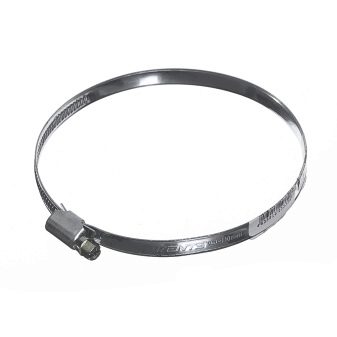
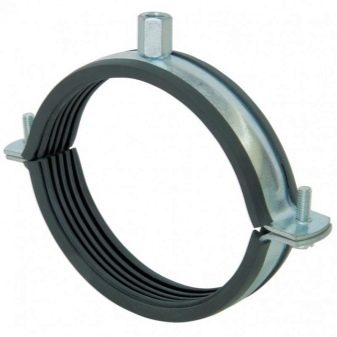
And also it is worth highlighting the sprinkler clamps used for hanging pipes. Fastening is carried out using a threaded rod.
Dimensions (edit)
Standard clamps are produced in different sizes, which are selected depending on the diameter of the duct, for example, D150, D160, D125. These can be fasteners with a diameter of 100, 150, 160, 200, 250 and 300 mm. And also manufacturers produce parts of 125, 315 and 355 m in size. If necessary, companies are ready to make larger diameter fasteners according to an individual project.
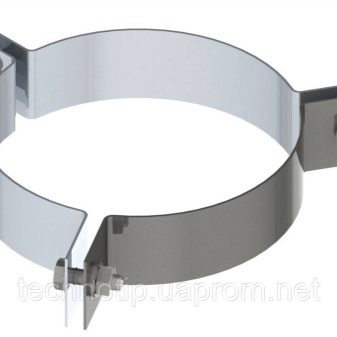
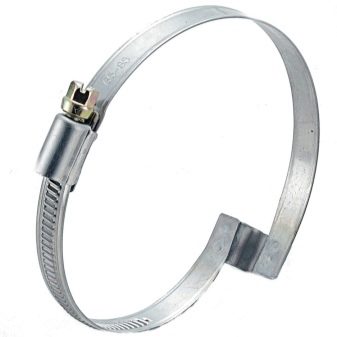
Selection Tips
When choosing clamps for fastening elements of rectangular or circular air ducts, you should pay attention to several parameters:
-
thickness;
-
width;
-
functionality;
-
ultimate load;
-
inner diameter;
-
method of tightening the fastener.
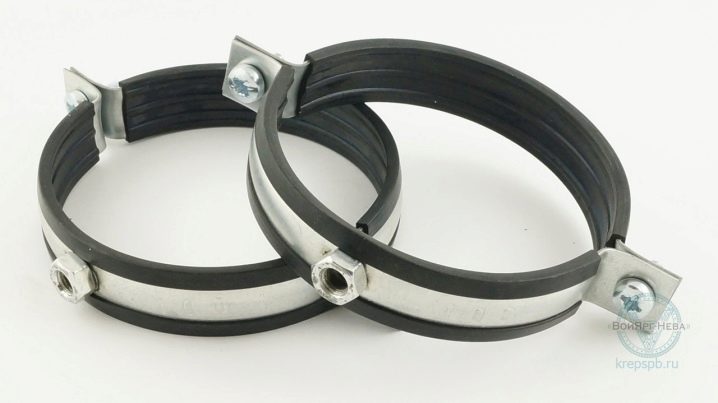
It is worthwhile to approach the purchase of a fastener responsibly, since the service life and quality of the ventilation system will depend on the selected fastener.
Installation nuances
The fixing of the fittings of the air duct to each other is carried out using reliable clamps put on the end of the pipe section. Next, a second branch pipe is brought to the element, with which it is required to organize a connection.
If you need to fix the air duct in a horizontal or vertical plane, the clamp is first mounted to the wall or ceiling using self-tapping screws, and then the pipe is fixed in the fastener. At the same time, it is important to maintain the distance between the clamps, it should not be more than 4 m.
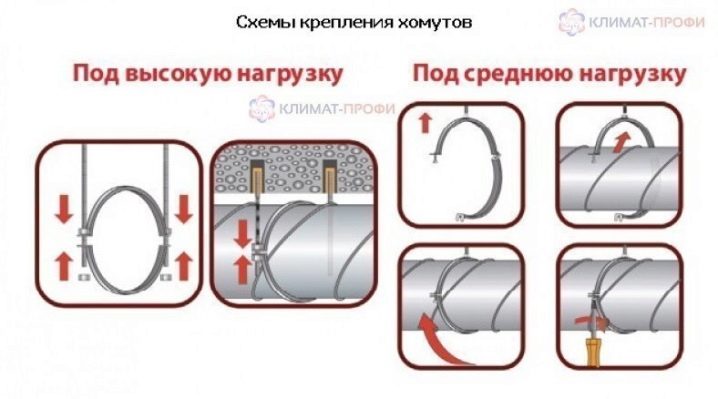













The comment was sent successfully.